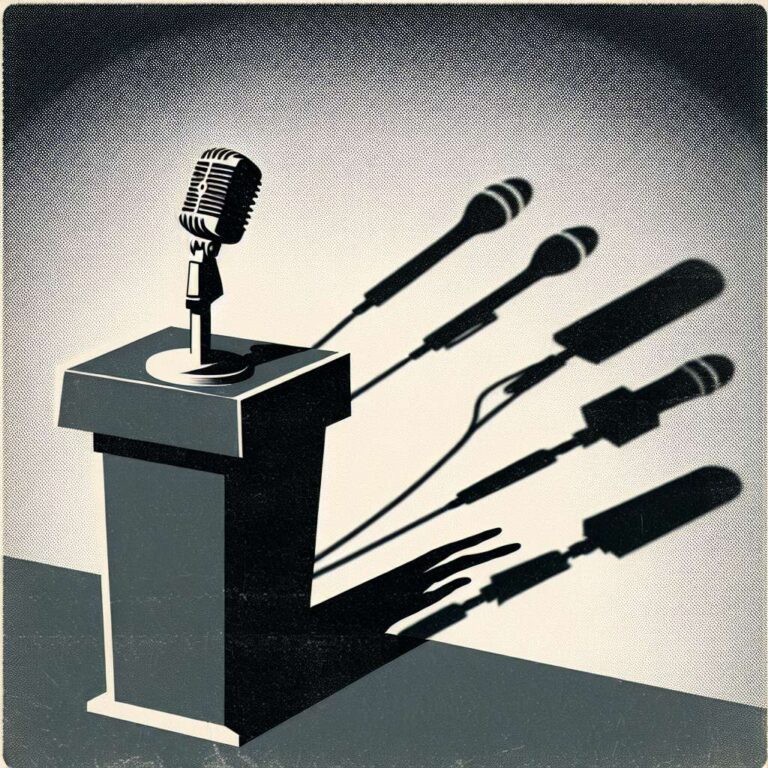A state legislator recently became the latest victim of a deepfake audio recording generated with artificial intelligence technology, highlighting growing concerns over the impact of synthetic media on politics and public discourse. The incident, which involved an AI-generated imitation of the lawmaker´s voice, has stirred debate among officials and observers about how such tools can be weaponized to spread misinformation and erode public trust.
Experts have warned that rapid advancements in artificial intelligence make it increasingly easy for malicious actors to produce convincing fake news, audio, and video content. This episode underscores the urgent need for new safeguards and detection tools, as deepfakes and other AI-generated materials can be used to deceive the public, manipulate elections, and harm reputations with unprecedented speed and sophistication.
Lawmakers and regulators are now grappling with how best to counter the threat, exploring legal, technical, and educational responses to ensure the integrity of information. As artificial intelligence continues to evolve, calls are growing for cross-sector collaboration and public awareness campaigns aimed at helping individuals distinguish between authentic and manipulated media. The challenge remains formidable: keeping pace with the rapidly expanding capabilities of AI-driven content creation while protecting democratic processes and individual rights.

